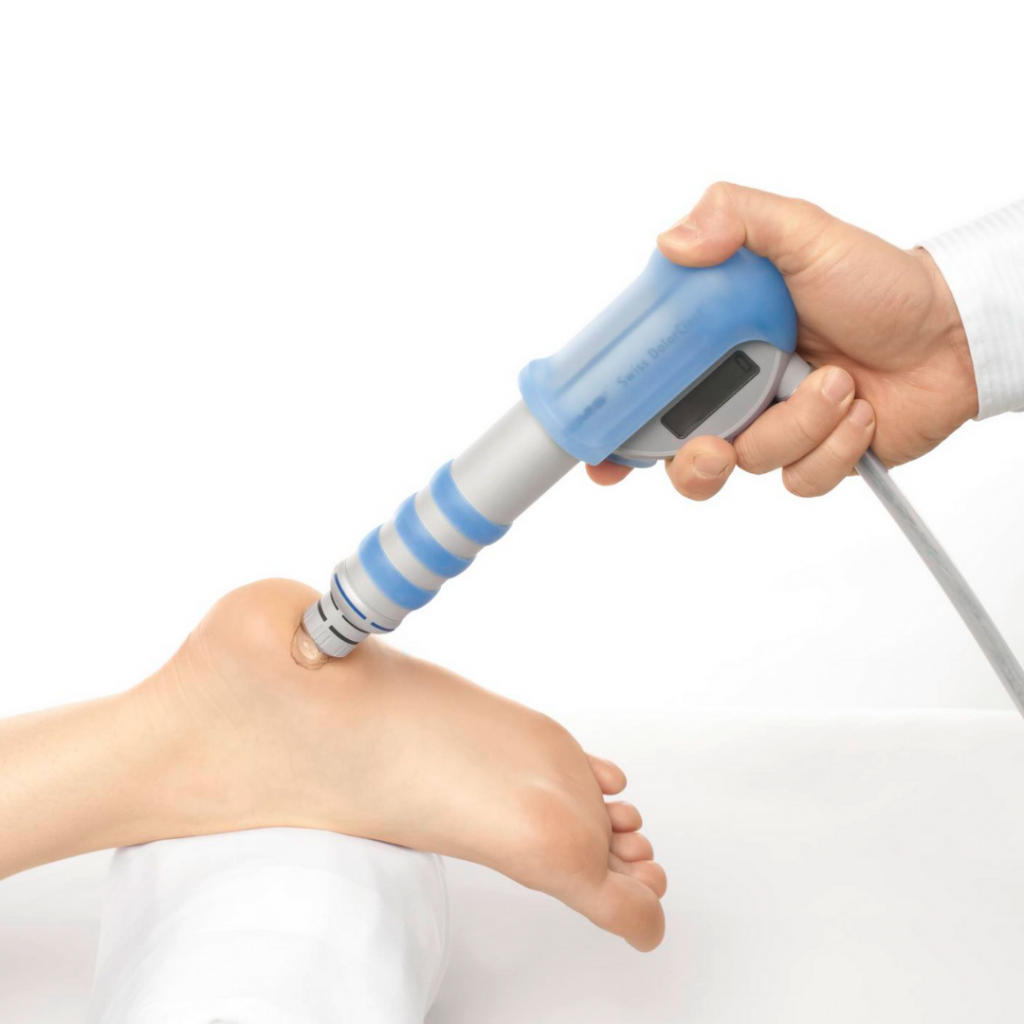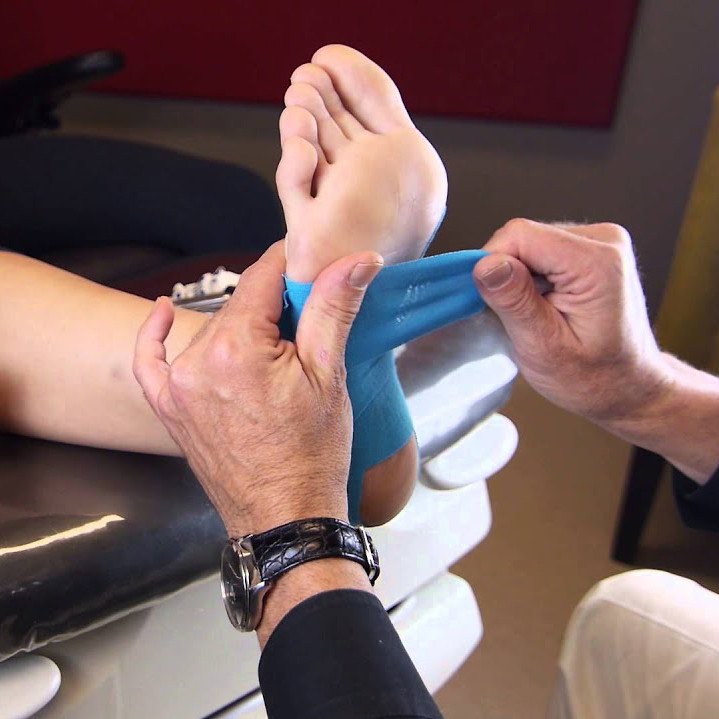Musculoskeletal Assessment

A painful foot, ankle or leg can be very debilitating, and can become a chronic issue.
MSK (Musculoskeletal) is the diagnosis and treatment of problems arising from the musculoskeletal system. This includes injuries and diseases affecting the muscles, bones and joints of the limbs and spine. At Zest Podiatry & Physio we are trained in assessing the joints in the lower limb through our knowledge of biomechanics. We can offer a full musculoskeletal treatment plan using our knowledge alongside in-house diagnostic techniques and equipment.
What is an initial MSK assessment?
An initial musculoskeletal (MSK) assessment of the lower limb (ankle & feet) assess joint range of movement, tendon and muscle strength and ligament flexibility so that we can see what structure is injured/painful – this is a static assessment which informs the treatment plan.
Book now
What are the treatment options for injured/painful limbs
From either of our assessments, we can propose a treatment plan comprising of one or more of the following :
- Footwear advice
- Orthotics
- Shockwave therapy
- Strapping/Taping
And, if we believe you need referral to other experts we can arrange for that too.
Common MSK conditions we treat include:
- plantar fasciitis
- morton’s neuroma
- achilles tendonopathy/tendonitis
- other tendonopathy/tendonitis
- osteoarthritis
- painful flat feet
- heel pain
- joint pain
- bursitis
- big toe pain
- ankle pain
What is an MSK Podiatrist?
This is sometimes referred to as a Biomechanical Podiatrist and the two terms are often used interchangeably, so what is biomechanics? Biomechanics in its broadest sense is the application of mechanical principles to biological systems. Within the foot and lower leg the application of mechanical principles is vital in addressing pain within the musculoskeletal system. Interested in becoming a podiatrist.



